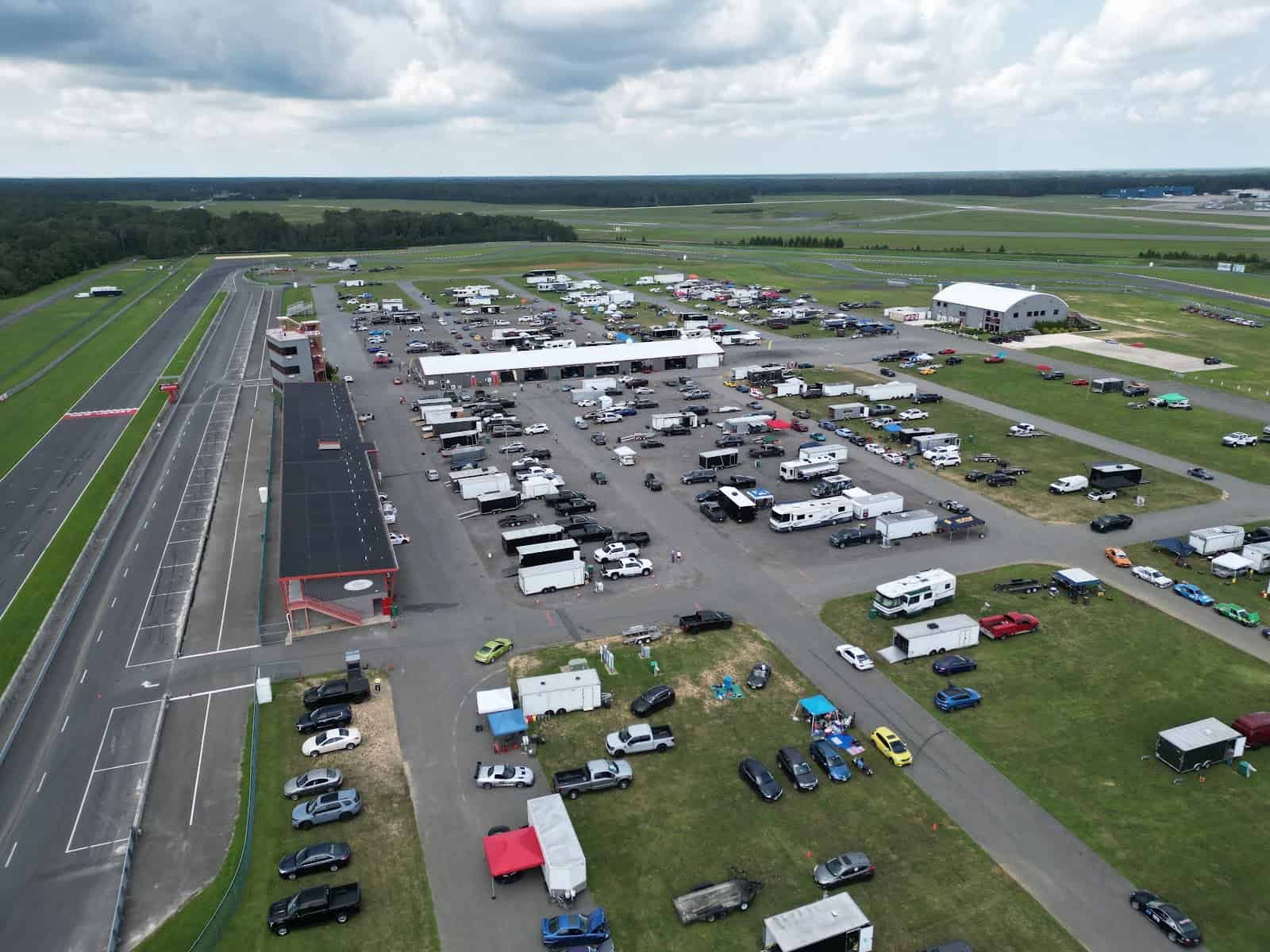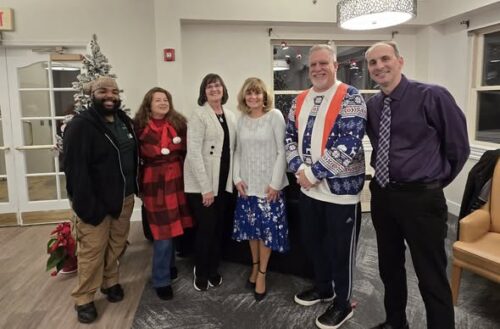A Tree Grows—and ‘Dies’—in Suburbia
Dead and decaying trees, often called wildlife trees or habitat trees, are full of life.
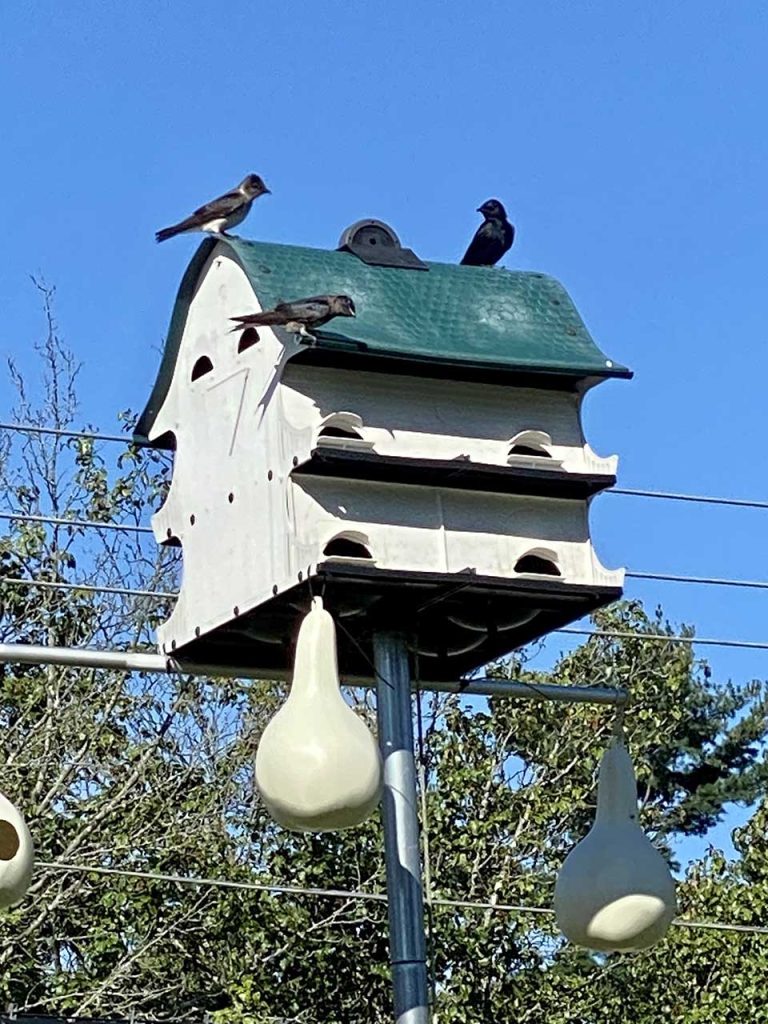
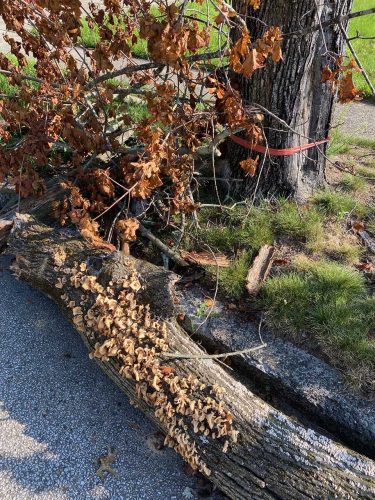
This is a story about a tree, a street tree, what urban foresters would call a part of the community forest. Living within the confines of the sidewalk and the curb, the maple tree has lived its life enduring conditions such as soil compaction, drought, road salt and runoff, perhaps nicks from lawnmowers and snowplows. The life of a street tree is not an easy one.
As this tree’s branches grew into the electrical wires, tree trimmers were sent out to keep the power on in storms. The pruning was not always done to benefit the tree and in time, it became unbalanced with the largest of its remaining branches hanging over the street, making it a hazard tree in the eyes of the city’s public works department.
Since the street trees in our town are the homeowner’s responsibility (“necessary” pruning notwithstanding), I petitioned the environmental commission a couple of years ago for permission to cut it down. When permission was granted, my neighbor was ecstatic and offered the help of his son-in-law to get it cut. By this time, however, I was wavering. The tree was teeming with wildlife—specifically woodpeckers and purple martins. And I suspected the hummingbirds that visit our hanging plants were nesting in the tree.

More about the purple martins! You see, we had moved a purple martin house from our backyard to the front in a five-year quest to attract the birds to our yard. This is the very first year we’ve had the martins move in. At this writing, they glide from the tree to the house to the power lines. This time of year there seems more of them than can fit in the martin house—even with the gourds that we added—but they are congregating before their trip south. Soon they will vacate our yard, the morning hush marking the absence of their melodic song.
Still I could not deny that the tree was a danger. I flagged the tree with red so that passersby would take notice. No more parking our cars on the street beneath it. After every storm, I eagerly checked to see if the overhanging branch had come down. I hoped for that because then I could feel better about keeping it as a wildlife tree. I didn’t ask anyone to trim just that branch for fear they would take the whole thing down. As you can imagine, it’s not aesthetically pleasing to most people.
However, such habitat trees, defined as “standing live or dead trees providing ecological niches (microhabitats)…are used by a number of animals, plants, and fungi as a place to live, forage, and breed.” The niches may be “cavities, bark pockets, large dead branches, epiphytes, cracks, sap runs, or trunk rot…. Overall, standing dead trees, also known as snags, and dying trees are thought to benefit hundreds of species.” (Bütler, R., Lachat, T., Larrieu, L., & Paillet, Y., 2013).
Whether in the deep woods or in suburbia, a whole host of birds, small mammals, and insects insulate themselves from weather and predators in the nooks of habitat trees. Also, plants, lichens, and fungi are common on dead and dying trees, using the tree as a substrate or food source. Primary cavity nesters such as pileated woodpeckers and northern flickers excavate cavities that then provide habitat for secondary cavity-nesters, such as bluebirds, brown creepers, flying squirrels, and bats. Amphibians and reptiles are likewise drawn to the insect food source. Attracting birds, bats, and other insectivores allows us to benefit from natural pest control without using pesticides.
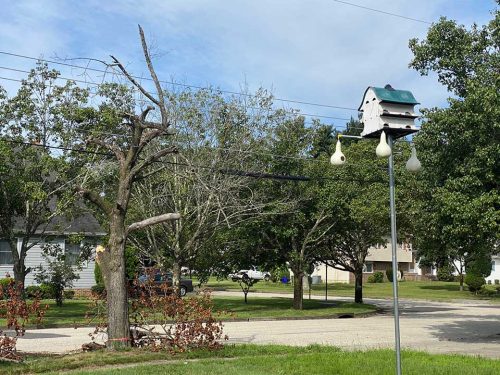 Living or not, trees are beneficial in urban and suburban areas. They cool our neighborhoods; purify the air and enhance mental health by lifting our mood. When mature, trees shade our homes and other buildings in summer and block cold winds in winter, reducing the use of air conditioners and heaters, which translates to money saved on utility bills. They increase the value of homes. Trees also help slow climate change, with urban forests capturing and storing nearly one-fifth of the country’s carbon emissions,
Living or not, trees are beneficial in urban and suburban areas. They cool our neighborhoods; purify the air and enhance mental health by lifting our mood. When mature, trees shade our homes and other buildings in summer and block cold winds in winter, reducing the use of air conditioners and heaters, which translates to money saved on utility bills. They increase the value of homes. Trees also help slow climate change, with urban forests capturing and storing nearly one-fifth of the country’s carbon emissions,
Habitat trees are uncommon in the urban environment, as they are often removed due to safety concerns and aesthetics. In order to encourage wildlife in your yard or neighborhood, you may choose to keep, or even create wildlife trees. Maintaining a habitat wildlife tree requires a commitment to manage the tree, but the rewards translate to many opportunities for wildlife viewing.
When the purple martins return next spring, we will have housing awaiting them. I expect the habitat tree will be here, too. No reason to cut it down now. Without the branch hanging over the street, it’s no longer a hazard to humans. And it has always been a benefit to wildlife and wildlife-watchers like me.
Sources:
- Bütler, R., Lachat, T., Larrieu, L., & Paillet, Y. (2013). Habitat trees: key elements for forest biodiversity. In Focus—Managing Forest in Europe (2.1).
- The Cavity Conservation Initiative (2016). The value of dead trees.
- French, B. (2015). Features of habitat trees. arboriculture.international/environmental-1
- Harper, C. Improving your backyard wildlife habitat. Agricultural Extension Service, the University of Tennessee PB1633I.
- National Wildlife Federation. (1997). Turning deadwood into homes for wildlife.
Creating a Habitat Tree
Source: Urban Forest Initiative
Because wildlife trees may be potentially hazardous, it is important to consult an ISA Tree Risk Assessment Qualified Arborist when deciding whether or not to keep or create a habitat tree. If a habitat tree is not advisable for your situation, the arborist may recommend leaving a large stump as an alternative. Cavities and roosting slits may be artificially created by the arborist in order to enhance the stump habitat. Because dead and dying trees are not always recognized as habitat trees, installing signage is an effective way to share your intentions with your community.



